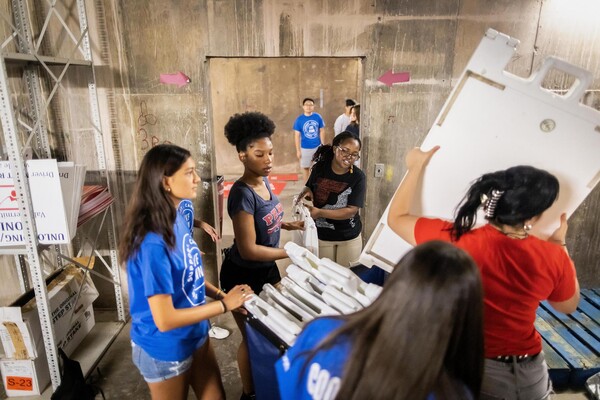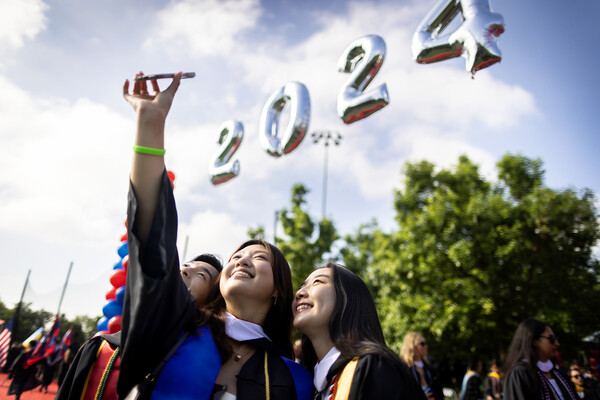Studies provide international view
As anyone who’s read the papers recently knows, education has become a make-or-break issue for politicians at all levels. Municipal fortunes rise and fall on the quality of the local schools. Elected officials rush to implement pet theories, all intended to improve the fortunes of children trapped in bad schools.
But nagging questions persist. Does all this stuff really work? And is there any way we can find out if it does?
Robert Boruch, for one, says there is. What is needed, he said, are high-quality, well-designed studies that test the effects of various reform proposals and educational inputs.
Boruch, co-director of the Center for Research and Evaluation in Social Policy (CRESP) at the Graduate School of Education, was one of four GSE faculty involved in the recently completed Six Nations Education Research Project, a six-year cooperative international research project organized by GSE that involved scholars from China, Germany, Japan, Singapore, Switzerland and the United States.
One of the project’s goals was to illuminate the links between education and the economy. Another was to compare how various countries addressed similar issues in education. The third was to do research that can guide policy decisions in the participating countries.
The project’s five research teams examined, among other things, changes in national higher education systems over time, methods of and reasons for teaching English, national systems of vocational and technical education, and national differences in student achievement in math and science.
Boruch served on the team that studied national systems of evaluation and on the math and science team, which was chaired by CRESP co-director Erling Boe.
“[Governments] want to know how useful these data are,” Boruch said. But government officials are inconsistent in their desire for good research. “Politicians often don’t want the data,” he said. “They want stories.”
In that context, Boruch called U.S. Secretary of Education Rod Paige’s emphasis on good research (Current, Oct. 25) “a welcome surprise.”
Boruch noted that longitudinal surveys like the National Assessment of Educational Progress have already helped elevate the level of discussion about elementary and secondary education in the United States.
But, he added, local studies are also needed to gauge the effectiveness of reforms, and international projects such as this one should do comparative reviews of those local studies.
“In Cleveland, Milwaukee, Washington and New York, there are high-quality, controlled studies of the effects of giving vouchers to parents,” he said. The New York study, he said, has already shown a small but detectable difference in the performance of students receiving vouchers.
The math and science team used an international assessment, the Third International Mathematics and Science Study, to examine factors that might explain national differences in student performance in math and science.
“What everyone had expected was that there would be some educational variables involved,” Boe said. “We found none of these variables explained national differences. But it’s not surprising that much of what we found [that did explain the differences] could be explained as cultural and familial, or familial and individual.”
Even so, such factors can still guide changes in education policy. Boe said that the math and science team’s findings argue for tougher standards and more rigorous curricula in math and science, as well as adequate lab resources for science. “The tougher the standards, the less likely it is that students will say they do well, but the tougher standards actually push them to do well in international competition,” he said.
But, he cautioned, “It won’t be enough for policymakers to say OK, we’ll adopt tough standards. They have to back it up with a strong curriculum and teachers able to deliver it.”







